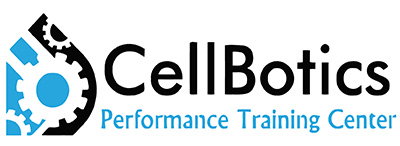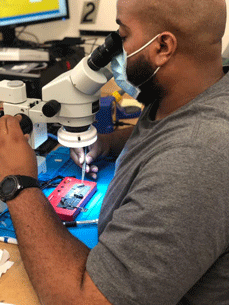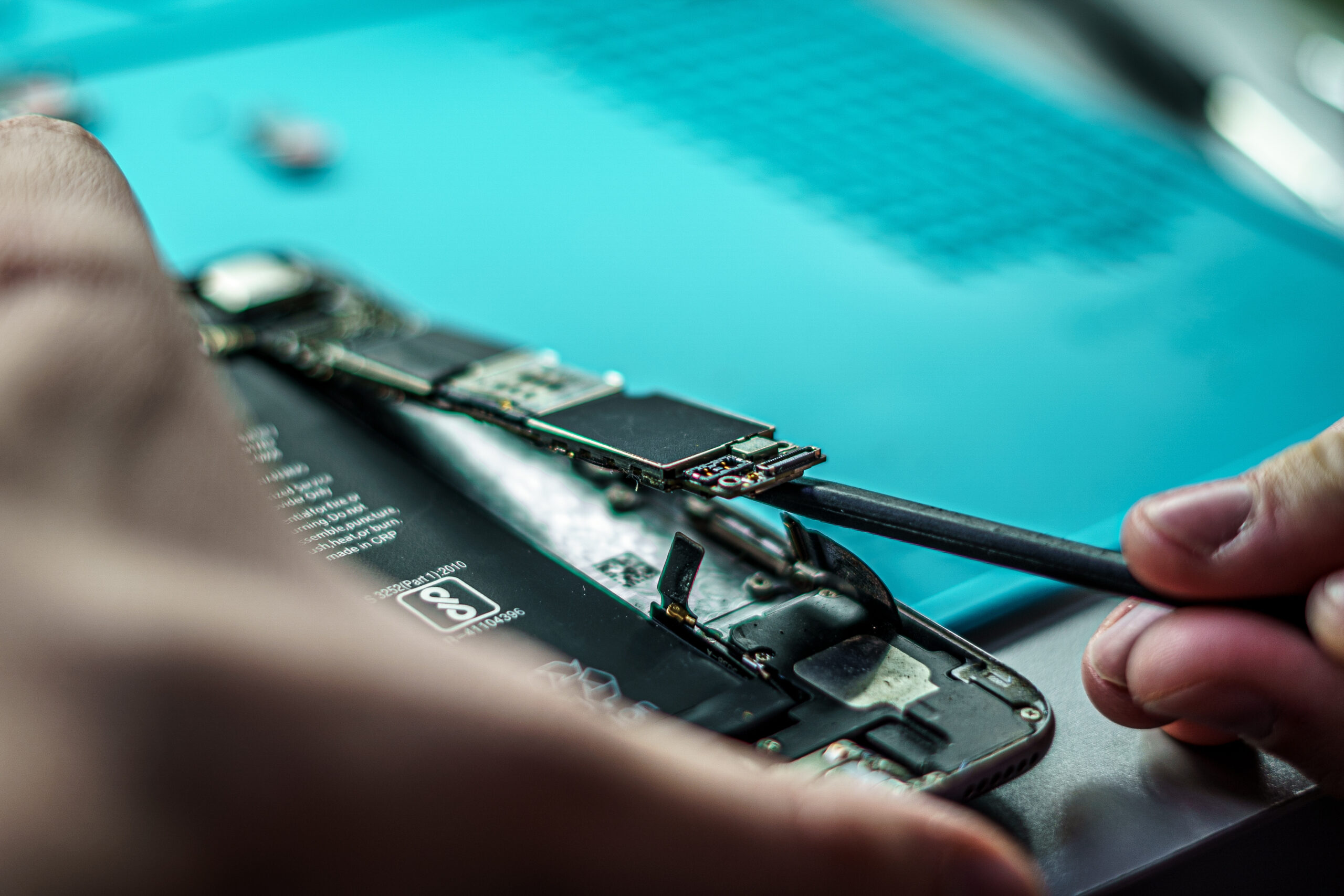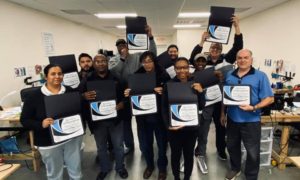The Essential Guide to Micro Soldering iPhone Repair

The Essential Guide to Micro Soldering iPhone Repair
Looking for an essential guide to micro soldering iPhone repair? Micro soldering is an intricate repair process that requires patience, steady hands, and the right tools and knowledge. As smartphones like iPhones become more complex, micro soldering skills are becoming increasingly important for repair technicians to master. This guide covers everything you need to know to start micro soldering iPhone motherboards.
Getting Started with Micro Soldering
To get started with micro soldering you’ll need to invest in some basic equipment. The three essential tools are a quality microscope, soldering iron, and a micro soldering station. Other important items include ESD protection equipment, tweezers, flux, jumper wires, hot air station, and stencils. Organization is also key – set up an organized workspace with good lighting.
It’s critical to understand basic concepts like polarity, voltage differences between AC and DC current, and how to properly ground yourself and handle iPhone motherboards. Safety should always come first when working with sensitive electronic components. Referencing a circuit diagram and understanding iPhone component functions is also hugely helpful for diagnosing issues.
Diagnosing Issues with a Multimeter

Hispanic male engineer checking the connections of a damaged smartphone with a multimeter at his repair shop
A multimeter allows you to run diode mode, voltage, resistance, and continuity tests on iPhone components and motherboards. You can identify short circuits by checking for components that give 0.000 readings in diode mode. Running voltage tests on power rails will reveal components that have malfunctioned. Resistance measurements help check if resistors are functioning properly.
When you encounter boards that won’t power on, checking voltages and resistances at different points simulating the iPhone boot up sequence will isolate failure points. For example, testing the PMU, I2C bus, CPU power, and other components will identify if an issue is preventing the boot process from initiating or completing.
Identifying Bad Components with Hot Air and Freeze Spray
Two other useful diagnostic tools are hot air stations and freeze sprays. Blowing hot air on components can reveal issues like cracked solder joints. Cold sprays can pinpoint short circuits when applied before powering the motherboard – faulty components will melt first when voltage is applied.
Always start at low voltages around 1-3V when using these methods to avoid damaging good components. Combined with multimeter testing, you can accurately map component failures on the board.
Safely Replacing iPhone Components
Once you’ve identified the issues, it’s time to replace the malfunctioning components. Proper micro soldering form is critical – you want to avoid damaging pads or lifting traces. Apply flux generously, use an appropriate sized tip, pin any surrounding components, and carefully reflow solder joints at the right temperature.
It’s helpful to practice your soldering skills on practice boards before attempting repairs on expensive iPhones. For sensitive components like CPUs and PMUs, hot air stations make component removal safer. Always work slowly and patiently – rushing can ruin a motherboard.
Back Glass Removal with Laser Machines
Many iPhone repairs require removing the back glass cover. While this can be done manually, laser machines simplify the process without damaging internal components. They use an ablation process to precisely remove the adhesive holding the glass in place.
Proper laser safety protocols are critical, including glasses, ventilation, and an enclosed workspace. Entering the correct settings for material, speed, power, frequency, etc. ensures an optimized removal process. Practice on scrap glass initially to master this technique.
Your Micro Soldering Education
Repairing the latest iPhones requires constantly improving your skills and knowledge. While this guide covers the micro soldering fundamentals, joining communities allows you to learn from experienced technicians. You can also reference online component libraries and boardviews to expand your understanding of iPhone circuit design and operation.
Micro soldering is deeply rewarding work that allows you to resurrect devices others have given up on. With the right mindset and tools, you can build a successful micro soldering business and continue learning as iPhone technology evolves. Use this guide as your starting point as you embark on your micro soldering journey.
Micro soldering is not a skill that can be mastered overnight. It requires extensive training and hands-on practice over many months or even years to become truly proficient. In some ways, micro soldering specialists are like the doctors of the electronics repair world.
General electronics repair technicians are akin to family physicians – they can diagnose and fix many common issues with phones, tablets, and computers. However, for complex board-level repairs that require working at the microscopic component level, you need a specialist’s expertise. This is where micro soldering technicians shine.
Where to go?
The micro soldering learning curve is undoubtedly steep. Newcomers specially to cell phone repair best served starting with CellBotics excellent core training program. Here within 4 days you’ll learn critical skills like phone diagnostics, component testing, and common repair procedures.
There is a full iPhone repair, full iPad repair, full android repair, full business course, water damage repair and many more. CellBotics don’t offer micro soldering but all the lessons are beginner friendly for cell phone repair and will be beneficial before going to micro soldering.
Rushing into micro soldering too quickly often leads to frustration. But by building your skills methodically over an extended time period, you develop the necessary manual dexterity, theoretical knowledge, troubleshooting abilities, and component familiarity that reliable micro soldering demands. Approach micro soldering as a long-term journey filled with continual learning and enhancement.
Want to learn how to repair cell phones in 2023 but don’t know where to start? Enroll in CellBotics and embark in the amazing journey of cell phone repair!
Thank you for reading our blog,
CellBotics Team




